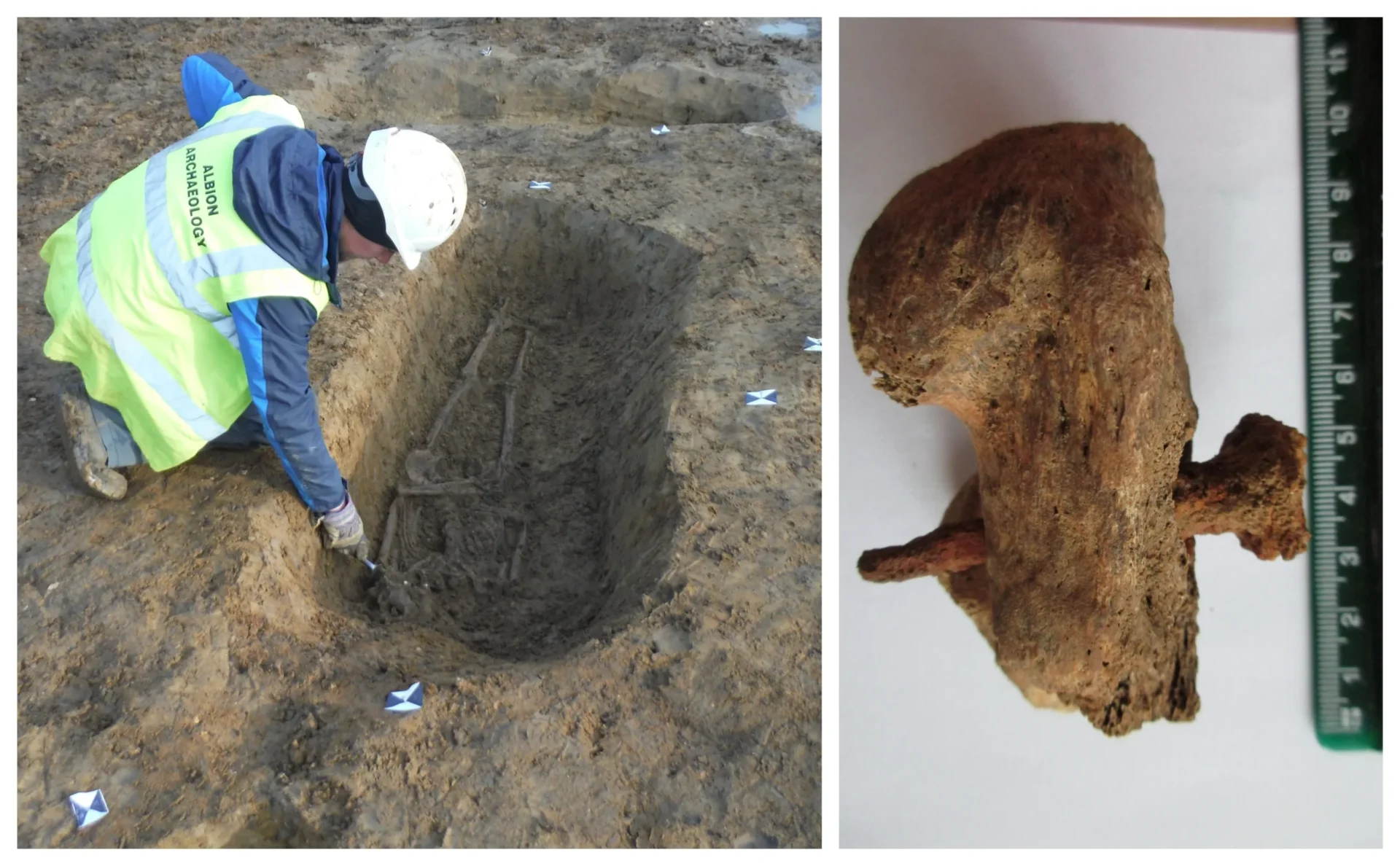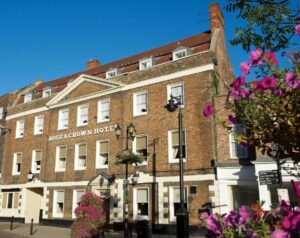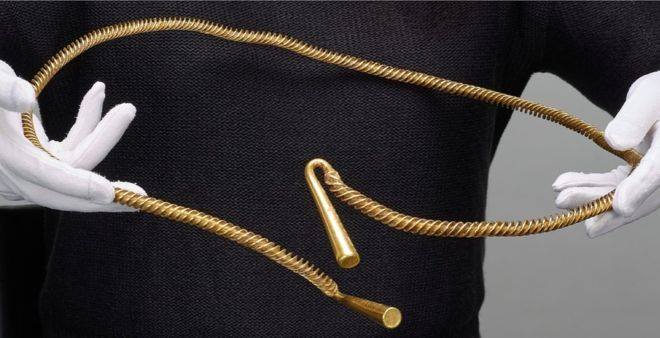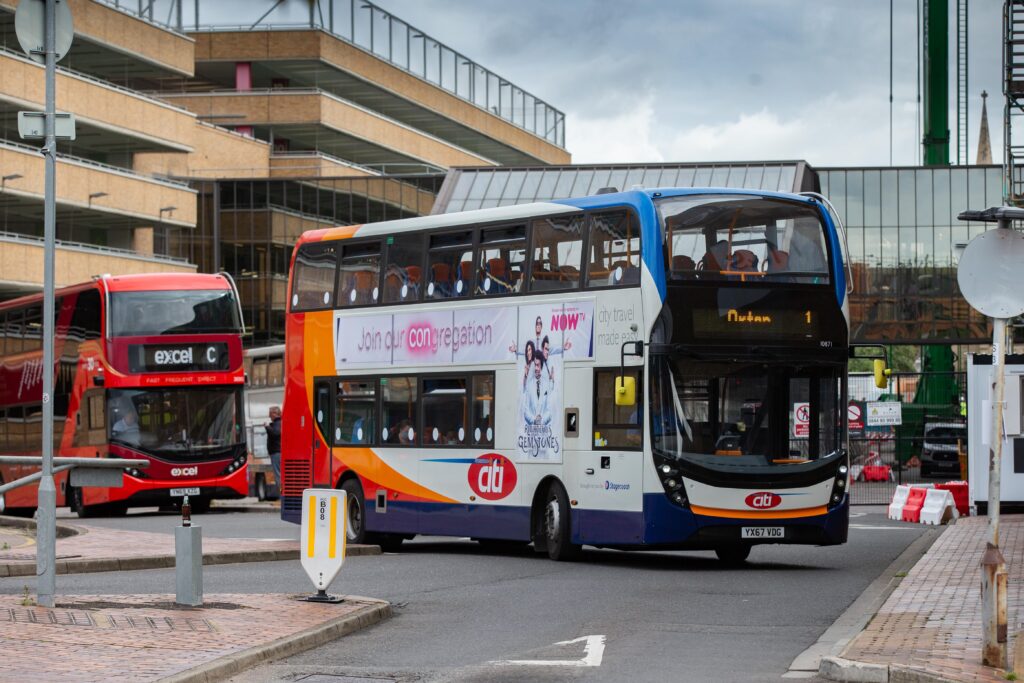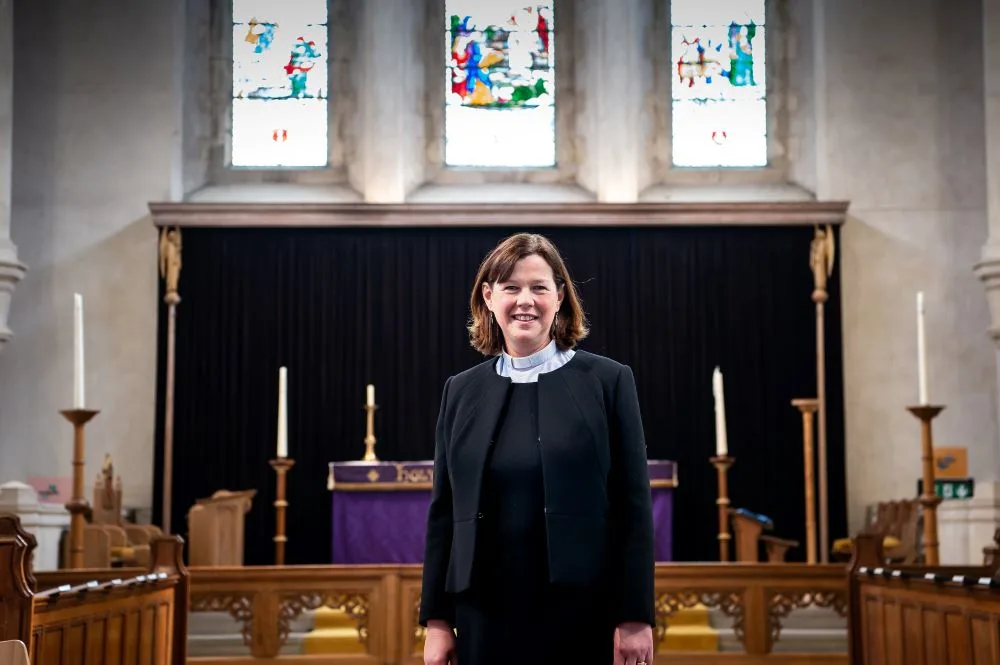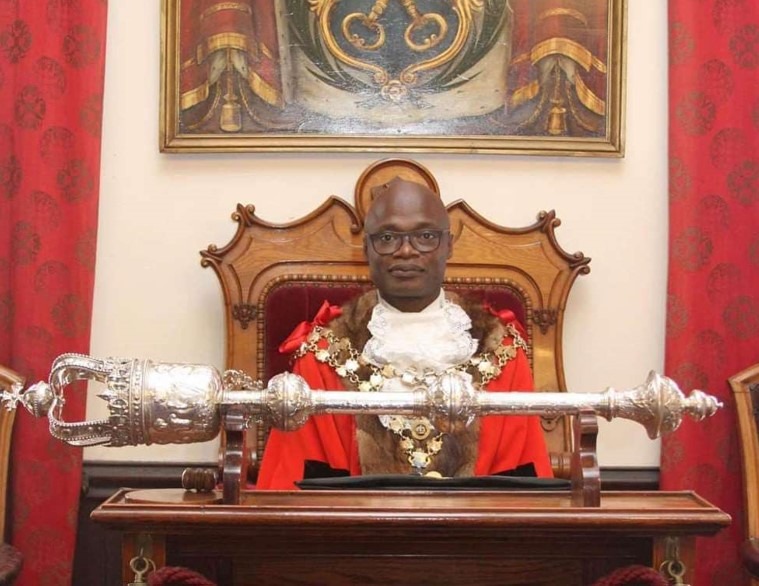The skeleton of a man who was crucified in Roman-era Cambridgeshire will go on display as part of an exhibition at the British Museum beginning this week, after a loan of the remains was agreed by Cambridgeshire County Council.
Discovered as part of an excavation in Fenstanton, the body is only the second confirmed example of the Roman use of this barbaric punishment ever unearthed, and the first found in Europe.
It was possible to prove death took place through crucifixion, as a nail was found lodged in the man’s heel.
The British Museum’s new exhibition is called Legion: Life in the Roman Army and explores the reality of daily life for the men, women and children who were part of the machine which allowed Rome to master a vast empire.
Items due to be displayed include an array of the most significant and most recent finds in Roman archaeology from across the world with the world’s only intact legionary shield and the most complete Roman segmental body armour found amongst other exhibition highlights.
Legion: Life in the Roman Army will run from the 1 February to the 23 June 2024 in the Sainsbury Exhibitions Gallery and includes a Horrible Histories trail for children.
The local find was the subject of a BBC4 documentary The Cambridgeshire Crucifixion which aired earlier this month [January].
The documentary carried out a facial reconstruction of the man as well as scientific analyses, which identified he was likely to have been a lower status Briton who lived his whole life in Cambridgeshire.
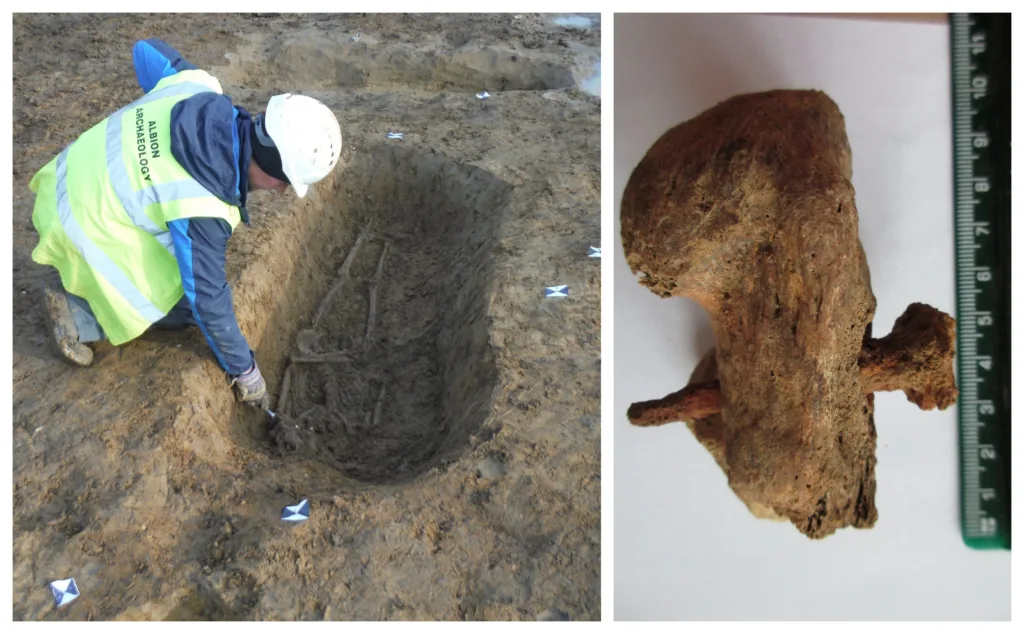
The crucified man’s remains were found in 2017 by Albion Archaeology alongside the remains of 47 people both adults and children with some members of the same families, across five small cemeteries at a site due for housing development.
Indications of an organised Roman settlement including a large building and signs of trade were also found.
Thousands of Roman-era items were uncovered during the excavation including enamelled brooches, decorated pottery, coins, and a large number of butchered animal bones.
The site of the settlement at Fenstanton is on the Via Devana, the Roman route which ran from Colchester through Cambridge and on to Chester.
Cllr Lorna Dupre, chair of the county council environment and green investment committee, said: “We have a wealth of Roman history in our county, with the Cambridgeshire crucifixion one of the highlights of our archaeological collection.
“It’s one of the lesser-known aspects of our role as a Council that we work to preserve the physical history of the county by storing and safeguarding artefacts from archaeological investigations.
“Our officers also make artefacts and items available for research as well as public exhibition and engagement.
“We are investigating how we can display the notable Fenstanton discovery locally in the future, so more people can learn about Roman-era Cambridgeshire and our location on the important trade route of the Via Devana.”
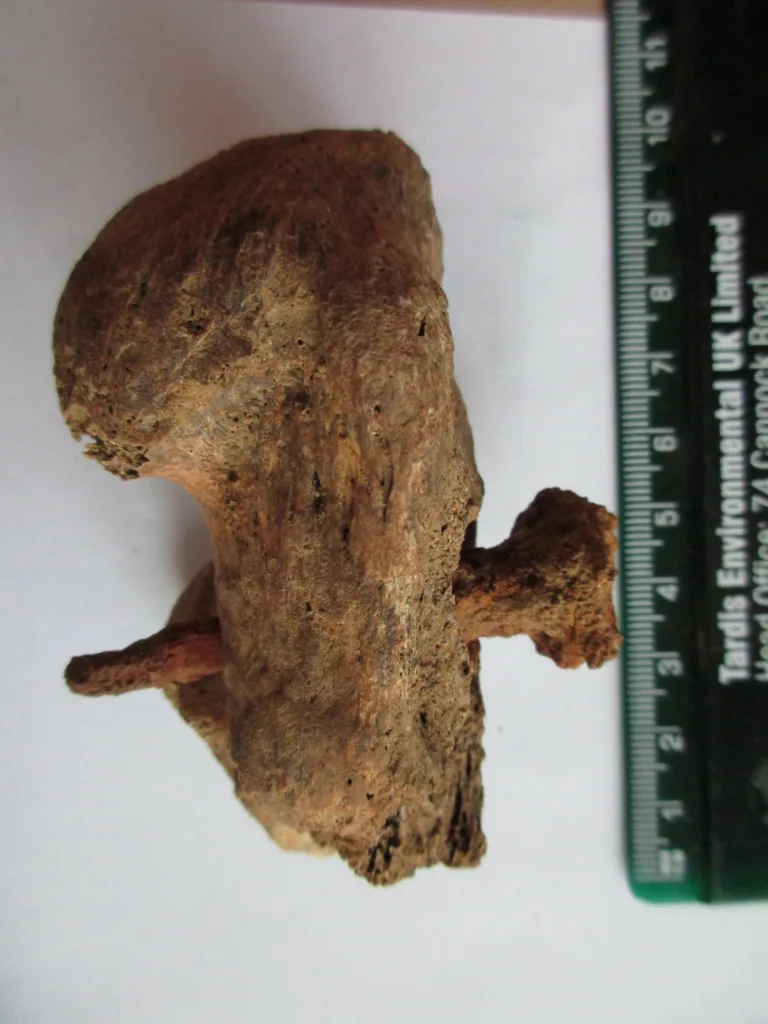
David Ingham of Albion Archaeology, who led the dig that discovered the Fenstanton Roman settlement, said: “We were brought in by the developers after Cambridgeshire’s Historic Environment Team asked planners to ensure archaeological investigations were carried out before housing was built on the site.
“We could never have expected that this routine investigation would lead to a discovery of international significance!
“Most archaeological work is done away from the public eye, so it’s great on this occasion that the British Museum and TV company Impossible Factual are helping to spread word of Fenstanton’s remarkable Roman past far and wide.”
Once the British Museum exhibition ends, the remains will be transferred back into the guardianship of Cambridgeshire County Council’s Historic Environment Team.


